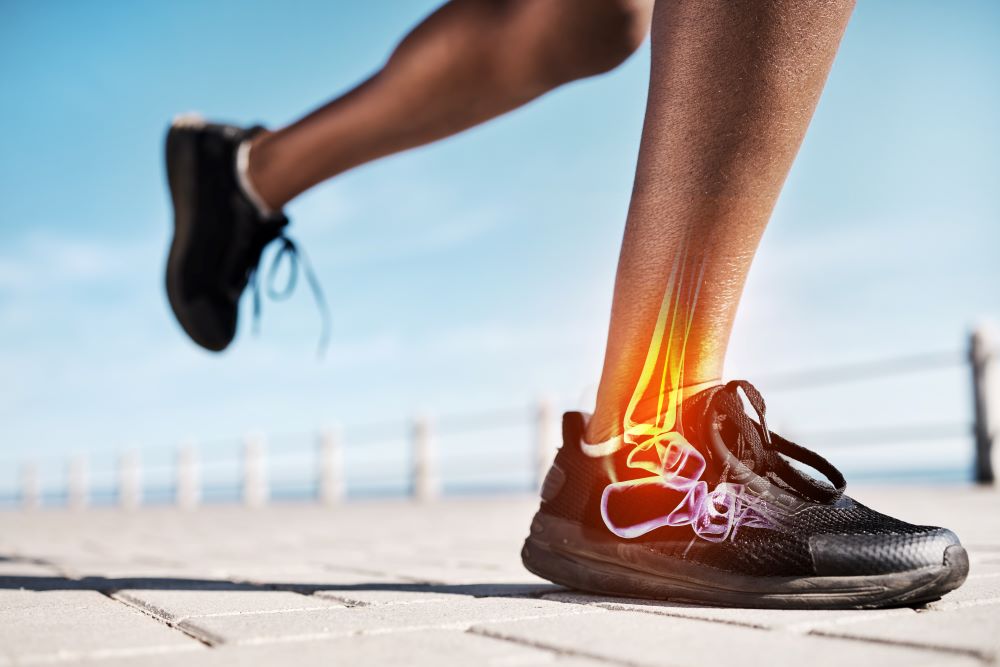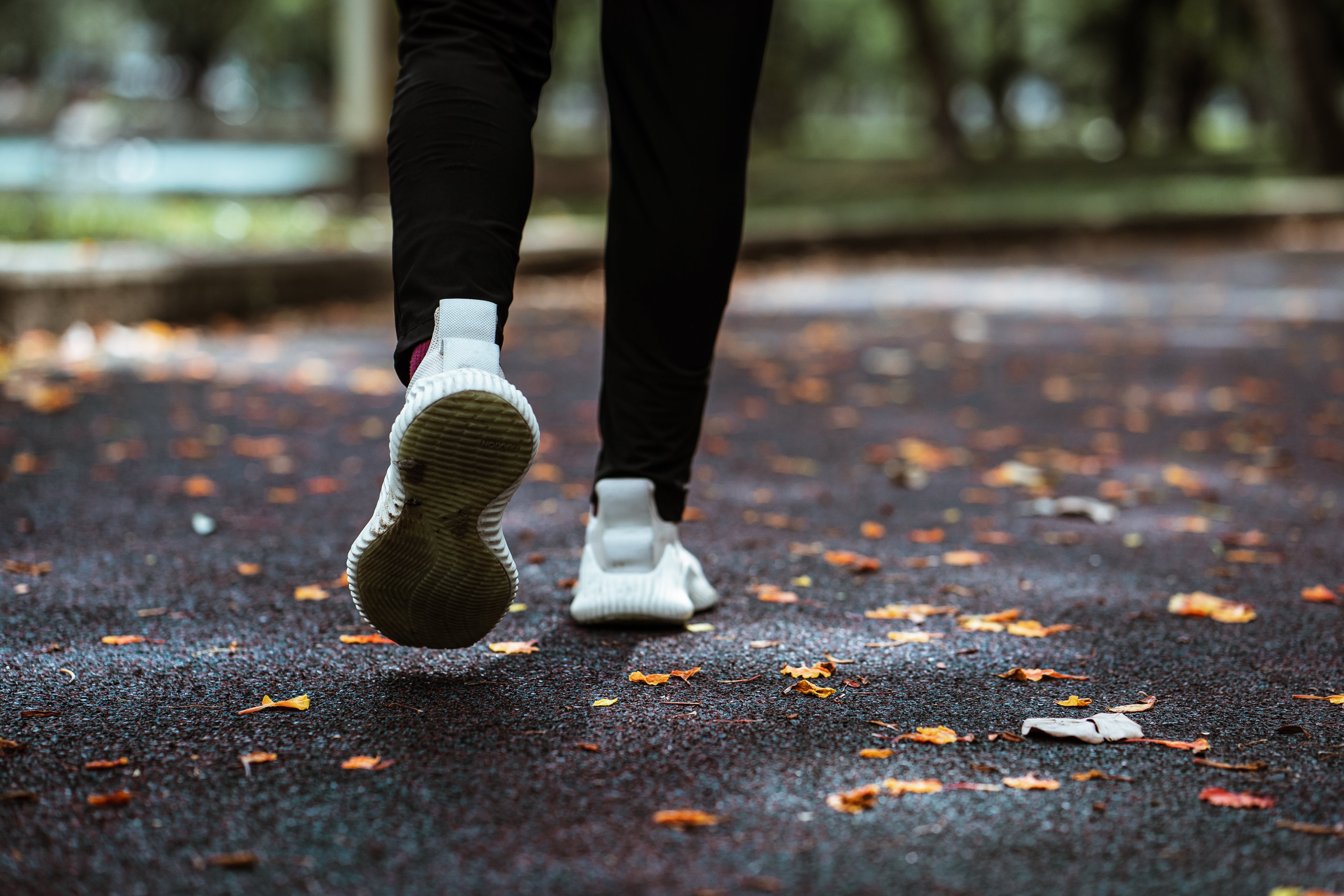Running is one of the most accessible forms of exercise, offering a plethora of benefits for both physical and mental health. As you lace up your shoes and hit the trails, you might wonder: does running exercise your glutes? The answer is a resounding yes! When you engage in running, your glute muscles play a crucial role in propelling your body forward and maintaining stability.
Understanding the connection between running and glute engagement can enhance your workout routine. The glutes, comprising three major muscles—the gluteus maximus, gluteus medius, and gluteus minimus—work together to provide power and support during your runs. Here are some key points to consider:
- Power Generation: The gluteus maximus is one of the strongest muscles in the body, and it significantly contributes to the force needed for running.
- Stability: The gluteus medius helps stabilize your pelvis, which is essential for maintaining proper running form and preventing injuries.
- Injury Prevention: Strong glutes can help reduce the risk of common running injuries, including IT band syndrome and runner’s knee.
By recognizing the importance of your glutes in running, you can focus on strengthening these muscles to improve your overall performance. Visit our website to learn more and get started today! Click here.
How Running Activates Your Glute Muscles

Understanding how running activates your glute muscles is essential for maximizing your workout efficiency. When you run, the glutes engage in various ways, providing both propulsion and stability to your movements. The mechanics of running inherently require the activation of these muscles, making them vital for effective performance.
As your foot strikes the ground, the kinetic energy generated travels through your legs and into your core. This energy transfer activates the gluteus maximus, which helps push your body forward, especially during the push-off phase of your stride. Here are key insights into how running engages your glutes:
- Foot Strike: The type of foot strike you use can influence glute activation. A heel strike tends to engage the glutes differently compared to a midfoot or forefoot strike.
- Stride Length: Longer strides can lead to greater glute activation as the hip extends further with each step, encouraging more engagement of the glute muscles.
- Incline Running: Running uphill significantly increases the recruitment of your glutes, as they work harder to lift your body against gravity.
Consistency in running not only strengthens your glutes but also enhances their efficiency in generating power, ultimately improving your overall running performance.
Benefits of Strong Glutes for Runners

Having strong glutes is a game changer for runners, as these muscles play a pivotal role in enhancing performance and reducing the risk of injury. The gluteal muscles, comprising the gluteus maximus, medius, and minimus, are responsible for various functions that are crucial for effective running.
Here are some significant benefits of strong glutes for runners:
- Improved Power and Speed: Strong glutes contribute to a more powerful push-off during each stride, allowing for greater acceleration and speed. This muscle strength helps you maintain a steady pace with less energy expenditure.
- Enhanced Stability: The glutes help stabilize your pelvis and hips, promoting better alignment and reducing the risk of injuries related to muscle imbalances, such as knee pain or IT band syndrome.
- Better Endurance: Well-conditioned glutes can sustain longer runs with less fatigue. They assist in maintaining proper form over time, which is crucial for endurance events.
- Injury Prevention: Weak glutes can lead to compensatory movement patterns that increase the risk of injuries. Strengthening these muscles can help alleviate stress on other joints and muscles, promoting overall biomechanical efficiency.
Incorporating specific glute-strengthening exercises into your training regimen can significantly enhance your running experience, allowing you to embrace the joy of each stride.
Common Myths About Running and Glutes

When it comes to the relationship between running and glute engagement, several myths can create confusion among runners. Understanding the truth behind these misconceptions is essential for optimizing your training and maximizing your performance.
Here are some of the most common myths about running and glutes:
- Myth 1: Running Alone Builds Strong Glutes: While running does engage the glutes, it may not be sufficient for developing strength. To effectively target and strengthen your glute muscles, you need to incorporate specific strength training exercises such as squats and lunges into your routine.
- Myth 2: Only Sprinting Works the Glutes: Many believe that only sprinting activates the glutes effectively. However, long-distance running at a moderate pace also engages your glutes, particularly when running uphill or on varied terrain.
- Myth 3: Glutes Are Only Important for Sprinters: This misconception overlooks the role of glutes in endurance running. Strong glutes are vital for maintaining form and preventing fatigue, benefiting both sprinters and long-distance runners alike.
- Myth 4: You Can Spot-Train Glutes by Running: While running can help tone and strengthen glutes, spot training is a myth. Overall body fat reduction is needed to reveal muscle definition, which requires a balanced approach to fitness, including diet and strength training.
By debunking these myths, runners can more effectively tailor their training programs to enhance glute strength and overall performance.
Tips to Enhance Glute Activation While Running
Maximizing glute activation while running can significantly improve your performance and reduce the risk of injury. Here are some effective tips to help you engage your glutes more effectively during your runs:
- Focus on Your Form: Pay attention to your running posture. Keep your shoulders back, chest up, and engage your core. A proper form ensures that your glutes are activated during each stride.
- Incorporate Hill Workouts: Running uphill naturally engages the glutes more than running on flat surfaces. Make hill sprints or inclines a part of your routine to enhance glute activation.
- Use a Shorter Stride: Shorter, quicker strides can help you engage your glutes more effectively. This technique allows for better control and reduces the risk of overextending, which often shifts focus away from the glutes.
- Implement Drills: Drills such as butt kicks, high knees, and skipping can activate the glutes before your runs. These exercises help warm up the muscles, preparing them for the workout ahead.
- Mind-Muscle Connection: Concentrate on your glutes while running. Visualizing their engagement can help improve activation. Try to feel your glutes working with every step you take.
- Strength Training: Incorporate targeted strength training exercises into your routine, such as squats, deadlifts, and hip thrusts, to build strength and endurance in your glute muscles.
By implementing these tips, you can enhance glute activation and see improvements in your running efficiency and overall fitness.
Conclusion: Running and Glute Fitness

In summary, the question of does running exercise your glutes is answered with a resounding yes! Running is not only an effective cardiovascular workout but also a powerful way to engage and strengthen your glute muscles. Strong glutes contribute to better running performance, improved posture, and reduced risk of injury.
As you enhance your running routine, incorporating techniques to activate your glutes will yield greater benefits. Remember, every step you take can be a step toward greater fitness freedom. Embrace the joy of running, explore tailored workouts, and discover how a strong focus on glute fitness can transform your running experience.
For more insights and tips on maximizing your running potential, visit our website to learn more and get started today!


